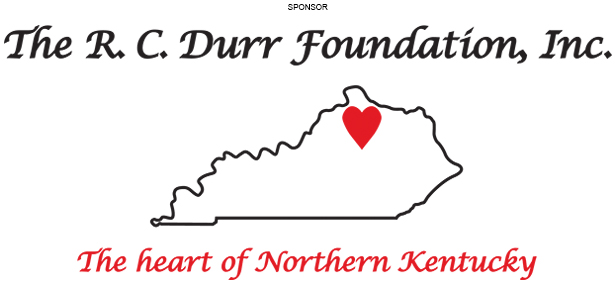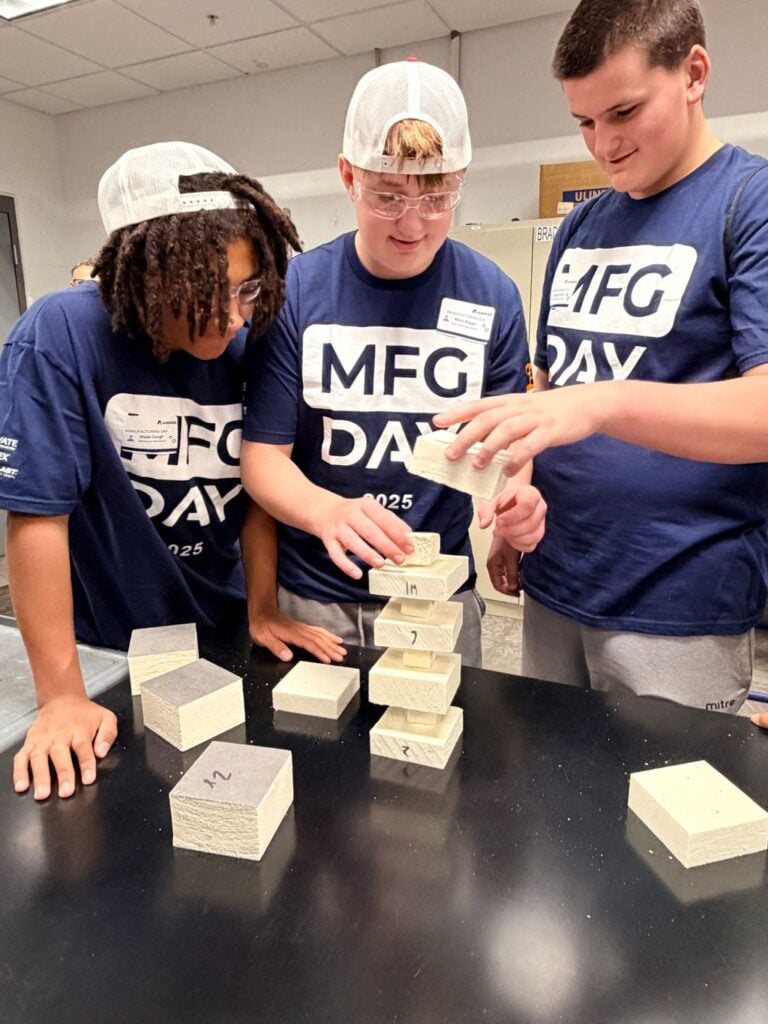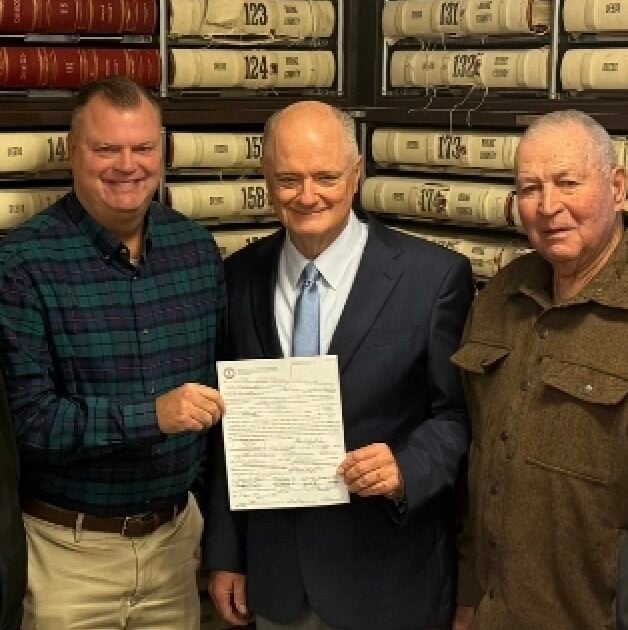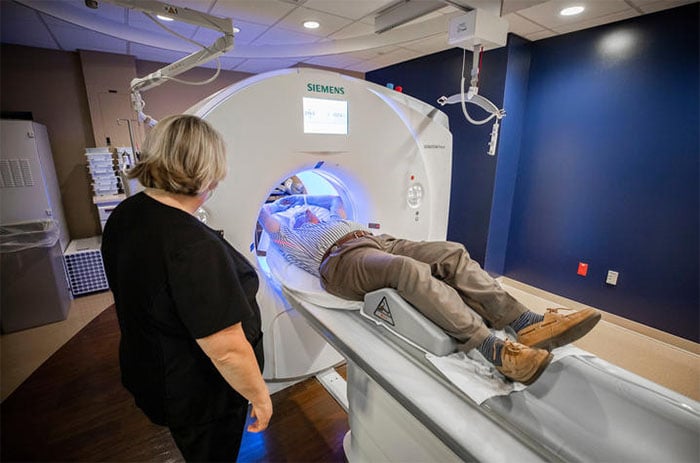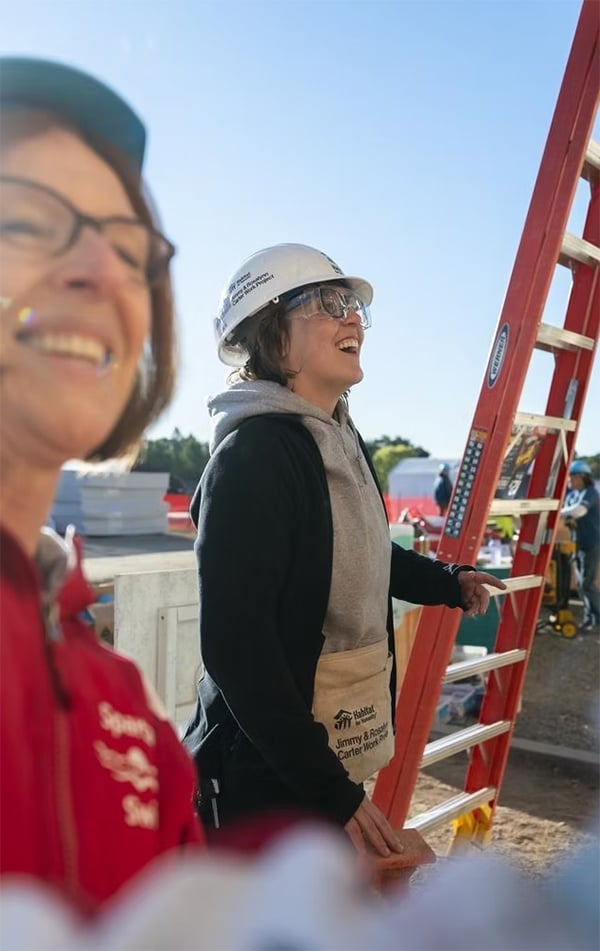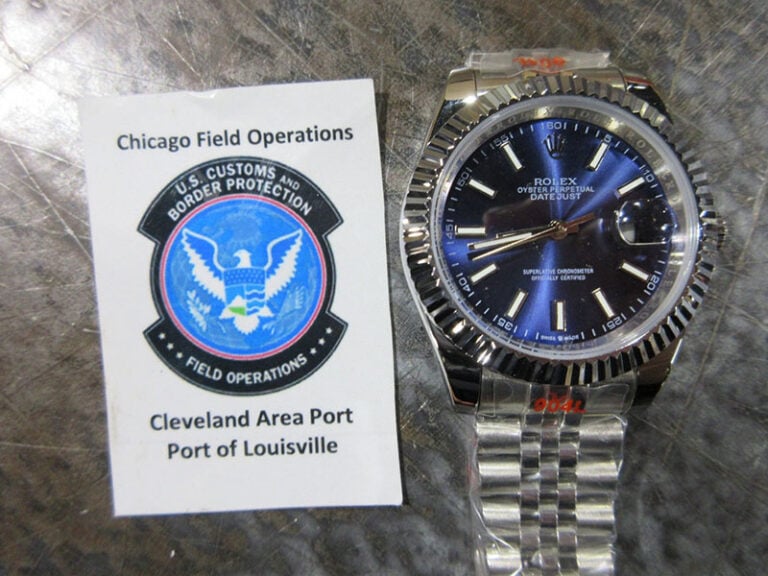By Steve Flairty
NKyTribune columnist
John James Audubon (1785-1851) has been called “America’s foremost naturalist and illustrator of birds.” His iconic four-volume book series, Birds of America, proved to be his signature accomplishment. He was truly a “champion of birds,” someone has said, and most of us are aware of the work of the National Audubon Society, whose mission is to protect birds.
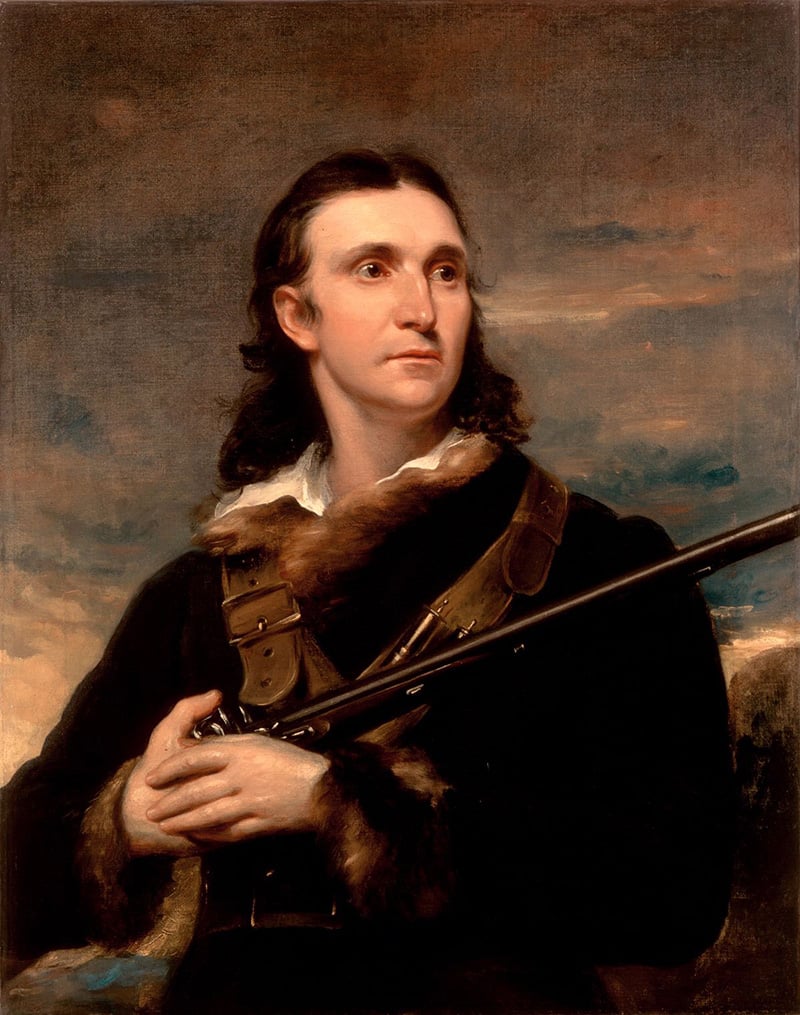
The impact Audubon has had manifests itself today on America’s appreciation of the bird population. Through Audubon’s artistry and aviary research he has demonstrated an unmistakable positive impact.
All that, and he lived in two different Kentucky river towns for a significant part of his life, those being Louisville and Henderson. In Henderson, John James Audubon State Park is home of Audubon Memorial Museum, where many of the artist’s engravings, paintings, and personal artifacts are on display. The Commonwealth recognizes him well for his accomplishments, as it should.
But John James Audubon’s legacy also includes significant personal flaws, also unmistakable in impact, according to historian and Audubon biographer Gregory Nobles. “Audubon was also a slaveholder, a point that many people don’t know, or if they do, tend to ignore or excuse,” Nobles stated in an article in Audubon.org. He also pushed back on the argument that Audubon was simply “a man of his time,” saying that that’s “never been a good argument… because many men and women in the antebellum era took a strong and outspoken stand for the abolition of slavery.”
Audubon, along with his wife, Lucy, actually dismissed the abolition movement, noted Nobles, “on both sides of the Atlantic.” The couple owned nine slaves while living in Henderson but sold them after incurring financial difficulties. They bought and sold slaves later, also.
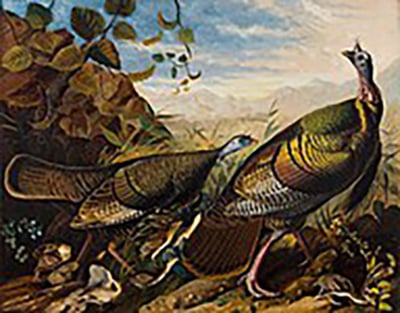
In his biography of the naturalist, John James Audubon: The Nature of the American Woodsman, along with a YouTube video presentation he gave at the Pasadena Audubon Society, “My Life with Audubon,” Nobles has generally portrayed Audubon with great praise for his illuminating and detailed aviary paintings and his work’s undeniable scope and public acceptance of such. He likes to discuss Audubon’s artistic realism and the epic offering of Birds of America with life-size drawings. Nobles, himself, has a representation of Audubon’s work in his living room. He also is a member of the Audubon Society.
But the author also shares, based on his research, some less admirable personal characteristics of Audubon. As mentioned, Audubon was basically non-conciliatory regarding slavery. Audubon’s paintings came after he would shoot and kill lots of birds, sometimes as many as a hundred at a time. Nobles praised Audubon’s major written work, Ornithological Biography, as remaining “a valuable resource and a very good read,” yet added that “the veracity of his science has sometimes been called into question.”

Additionally, while researching the life of Transylvania professor and naturalist Constantine Rafinesque for a Kentucky by Heart column a few weeks ago, I found an interesting connection Rafinesque had with Audubon. In summation, their interaction didn’t do either of them any good in terms of demonstrating good character.
It was 1818, and Rafinesque was in the midst of a trip down the Ohio River to collect plants and fossils. He arranged to stay several days at Audubon’s home (orlonger depending on which account is accurate). One night while there, a group of bats entered the guest’s bedroom and Rafinesque fought back at the intrusion, but while doing so destroyed Audubon’s prized violin while “batting” (pun intended) the creatures down to the floor.
To get him back, Audubon concocted a story that he told Rafinesque about Ohio River tributaries being populated with mysterious fish species. Audubon further embellished by supplying Rafinesque with specimen names and illustrations—made up ones. It was purely a prank and Rafinesque fell for it. Rafinesque, known to be a sometimes-naïve sort, published descriptions Audubon gave him of fake fishes. In time, the irresponsible prank damaged the reputation of both individuals in their fields of study. As bad as Rafinesque presented himself with accepting his less-than-scientific research for publication, Audubon showed a bit of his reckless, petty nature and it didn’t reflect well on his own scientific integrity.
So, the ongoing question of how America deals with its cultural icons who have made huge societal contributions, such as Audubon and many others — yet were questionable in character — remains unanswered on the whole. Some local bird protector organizations have removed the “Audubon” from their names. Some see no need to do so.
My thought is that we must acknowledge history as it is — the good and bad — but we must also deal with it in a responsible manner.
That starts by simply listening and having an open mind—and being realistic about our heroes. What do you think? Should we leave things alone? Take bold actions? We all have a stake in this going forward.







